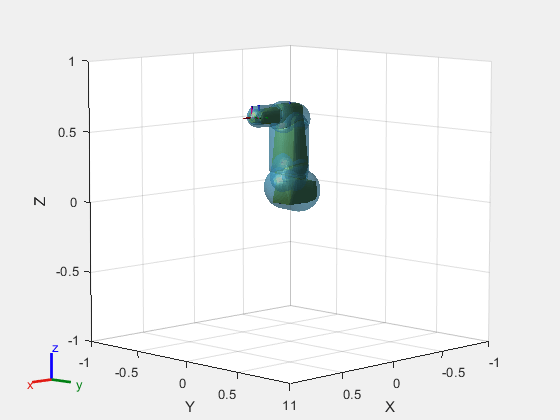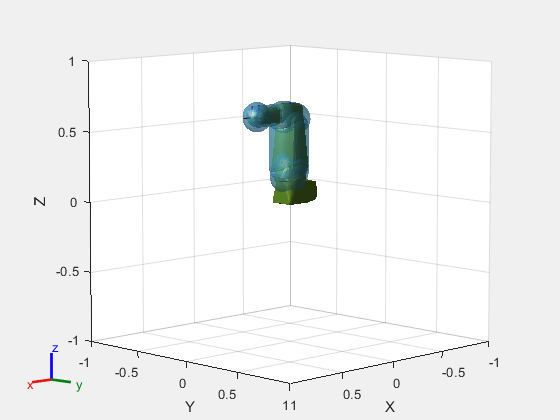getCapsules
Syntax
Description
[
specifies the maximum number of capsules to return during code generation
capsules,fitInfo] = getCapsules(___,maxcollisoncapsules)maxcollisoncapsules, in addition to the input arguments from the
previous syntax. If you specify maxcollisoncapsules during MATLAB® execution, the function ignores it.
Examples
Input Arguments
Output Arguments
Extended Capabilities
Version History
Introduced in R2022b



